“blow pipes” has been added to your cart. View cart
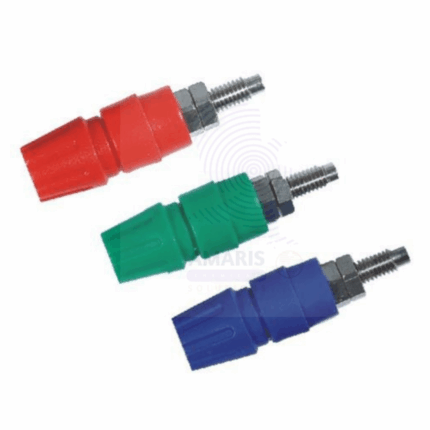
Terminals
$700.00 Original price was: $700.00.$650.00Current price is: $650.00.
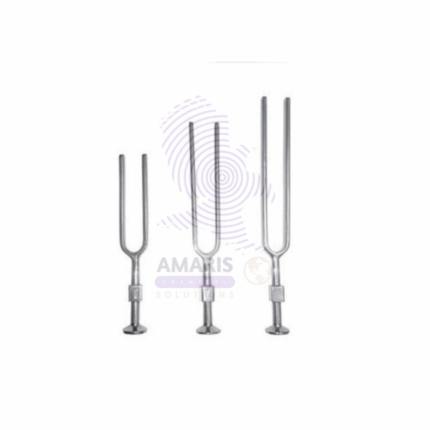
Tuning fork set of 8
$1,500.00 Original price was: $1,500.00.$1,400.00Current price is: $1,400.00.
Tile cavity 6 and 12 holes
$370.00 Original price was: $370.00.$300.00Current price is: $300.00.
Whatsapp Order
A tile cavity plate with 6 or 12 holes is a flat, ceramic or plastic laboratory tool designed with multiple small, concave wells, each acting as a mini container. These wells are used for holding small volumes of liquid or powdered chemicals, reagents, or samples. The layout of 6 or 12 cavities allows for efficient organization and simultaneous testing of multiple substances in a compact space. Ideal for spot tests, small-scale reactions, pH analysis, and staining procedures, the plate offers a convenient and reusable solution for managing parallel experiments without risk of cross-contamination between samples.
SKU:
ACS93163CHEM0
Category: LABORATORY EQUIPMENT & APPARATUS
Description
Table of Contents
ToggleUses of Tile cavity 6 and 12 holes
1. Spot Testing
- Tile cavity plates are often used for small-scale spot tests. Each cavity can hold a small volume of reagents, allowing for multiple tests to be conducted simultaneously without cross-contamination.
2. pH Testing
- The cavities are used to place different samples and test their pH by adding a few drops of pH indicators or using pH paper.
3. Preliminary Chemical Reactions
- Small-scale reactions can be carried out in individual cavities for preliminary analysis. This is useful when working with limited amounts of chemicals or when you want to observe the color change or precipitation in different conditions.
4. Titrations
- Microtitrations can be performed in tile cavities, especially when only a small amount of reagent is needed. The multiple cavities allow for titration of several samples or repeated trials in parallel.
5. Biological Assays
- In microbiology, tile plates can be used to hold small quantities of cultures, reagents, or even bacterial suspensions for observation or staining.
6. Staining
- In biological applications, tile cavities can be used to perform staining of cells or tissues with different staining solutions. For example, Gram staining or other histological staining techniques can be performed using tile plates for efficiency.
7. Storage of Small Volumes
- They can be used for temporary storage of small liquid samples, especially when a large number of solutions need to be handled in small volumes.
Reviews (0)
Be the first to review “Tile cavity 6 and 12 holes” Cancel reply
Related products
Balance lever
$0.01
The best definition of a balance lever is a simple machine that consists of a rigid bar or beam that pivots around a fixed point called the fulcrum. It is used to compare the weights or forces of two objects and determine if they are in equilibrium (balanced) or if one side is heavier than the other (unbalanced).
The balance lever operates on the principle of torque, where the torque (rotational force) exerted on one side of the fulcrum is equal to the torque on the other side when the system is in equilibrium. This principle is expressed by the formula: Torque = Force × Distance from fulcrum.
By placing known masses or weights on one side of the lever and an unknown weight on the other side, the balance lever can be used as a weighing scale. When the lever is in balance, the two sides are equal in weight or force. This concept has been widely used in various applications, from traditional weighing scales to more complex systems like seesaws or construction equipment.
Barlows wheel apparatus
$0.01
The Barlow's wheel apparatus is an experimental device used to demonstrate the conversion of electrical energy into mechanical energy through electromagnetic principles. It consists of a horizontal wheel or disk with radial metal spokes attached to its center. The wheel is mounted on an axle, allowing it to rotate freely.
beaker hysil
$0.01
A glass beaker is a cylindrical, open-top container made of glass, typically with graduated volume markings on its side. It is commonly used in laboratories for holding, mixing, and heating liquids, as well as for performing various experiments and chemical reactions. Glass beakers come in various sizes and are designed to provide easy observation of the contents and to withstand temperature changes without significant deformation or chemical interaction with the substances being used.
Beaker Plastic
$0.01
A plastic beaker is a laboratory container made from plastic material, typically featuring a cylindrical shape with a flat bottom and a spout or pouring lip. It is used for holding, measuring, and mixing liquids or substances during various scientific experiments, research, or educational activities. Plastic beakers come in a range of sizes and are designed to withstand various chemicals and temperatures, making them versatile tools in laboratory settings.
Beaker Simax
$0.01
A glass beaker is a cylindrical, open-top container made of glass, typically with graduated volume markings on its side. It is commonly used in laboratories for holding, mixing, and heating liquids, as well as for performing various experiments and chemical reactions. Glass beakers come in various sizes and are designed to provide easy observation of the contents and to withstand temperature changes without significant deformation or chemical interaction with the substances being used.



 LABORATORY EQUIPMENT & APPARATUS
LABORATORY EQUIPMENT & APPARATUS
 Fertilizers
Fertilizers Plant Growth Regulators
Plant Growth Regulators Soil Conditioners
Soil Conditioners Animal Feed Additives
Animal Feed Additives Biostimulants
Biostimulants Dough Conditioners
Dough Conditioners Flour Treatments
Flour Treatments Fat Replacers
Fat Replacers Preservatives (baking)
Preservatives (baking)
 Surfactants (cleaning)
Surfactants (cleaning) Builders
Builders Bleaching Agents
Bleaching Agents Enzymes
Enzymes Solvents (cleaning)
Solvents (cleaning) Fragrances
Fragrances

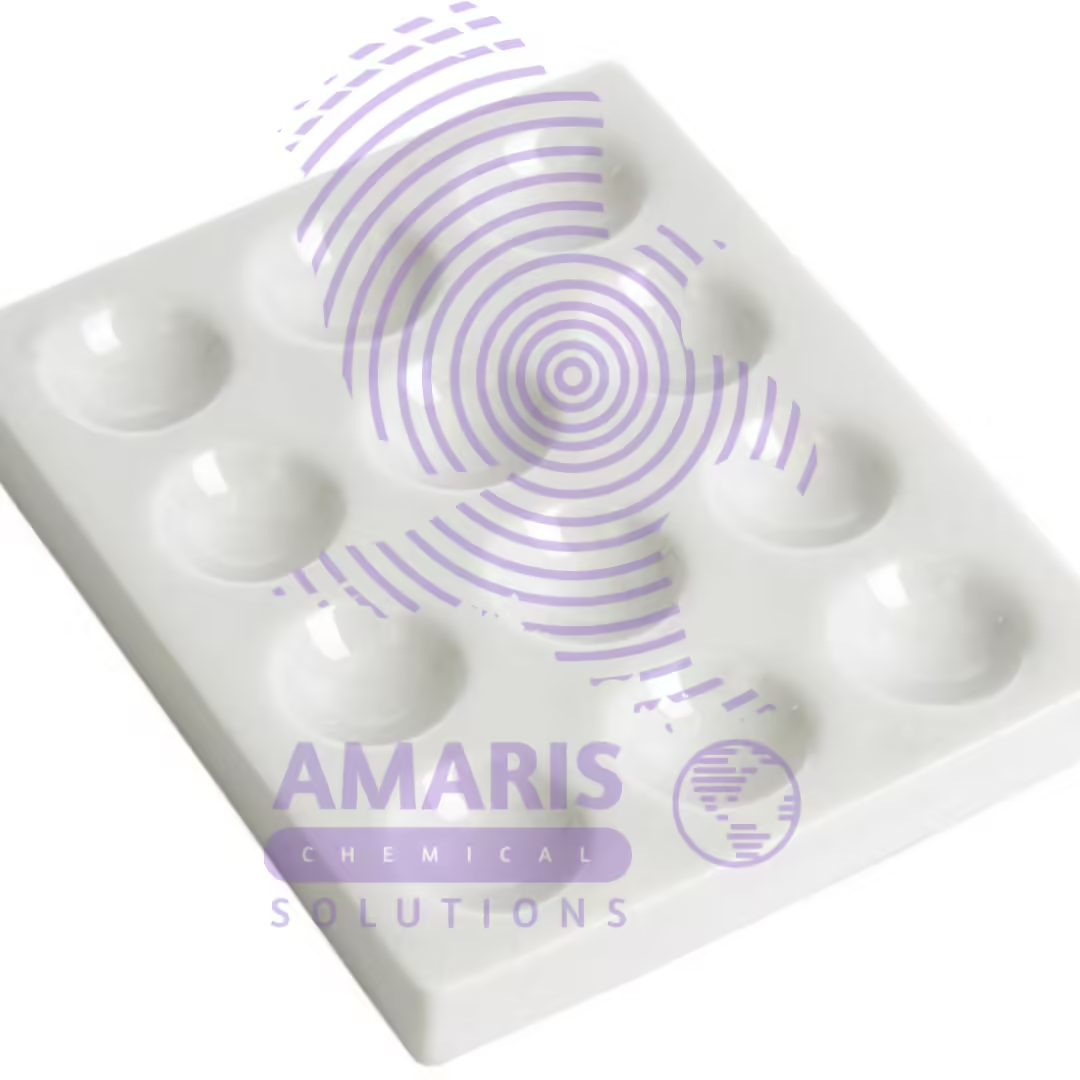
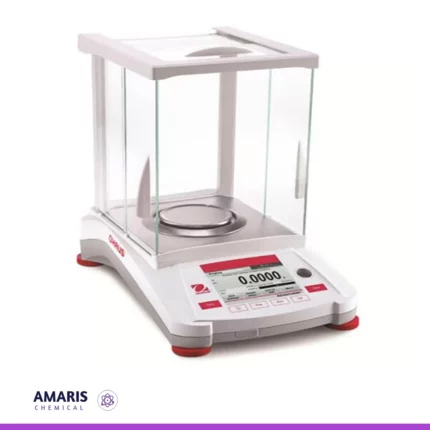
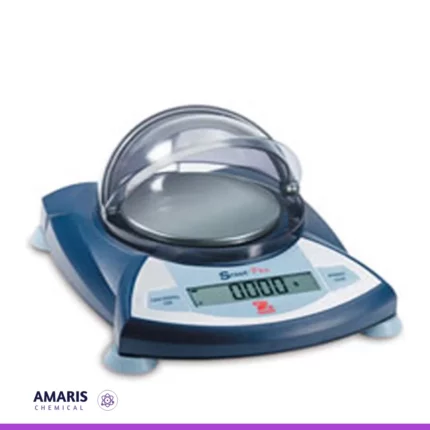
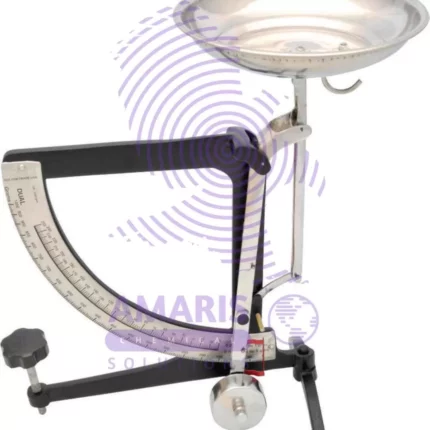
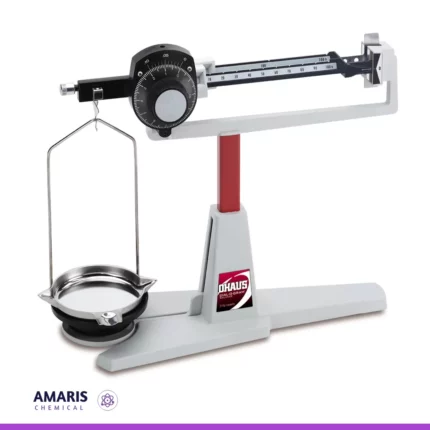

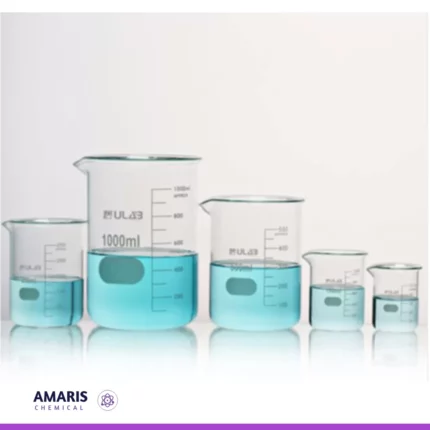
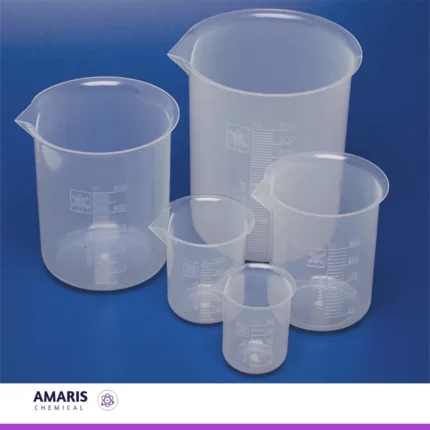
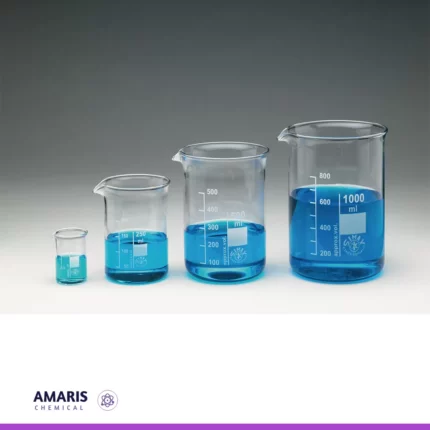













Reviews
There are no reviews yet.